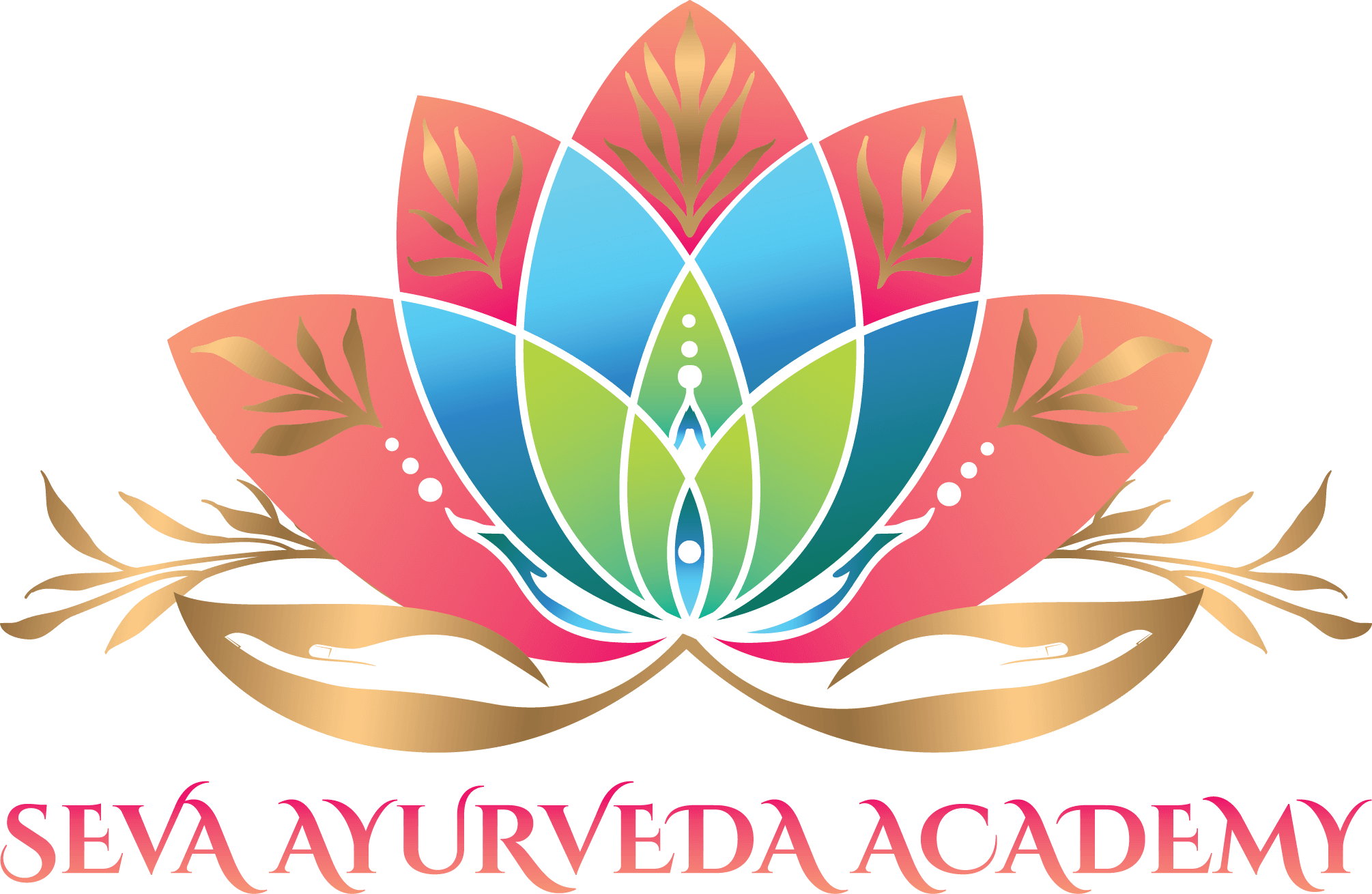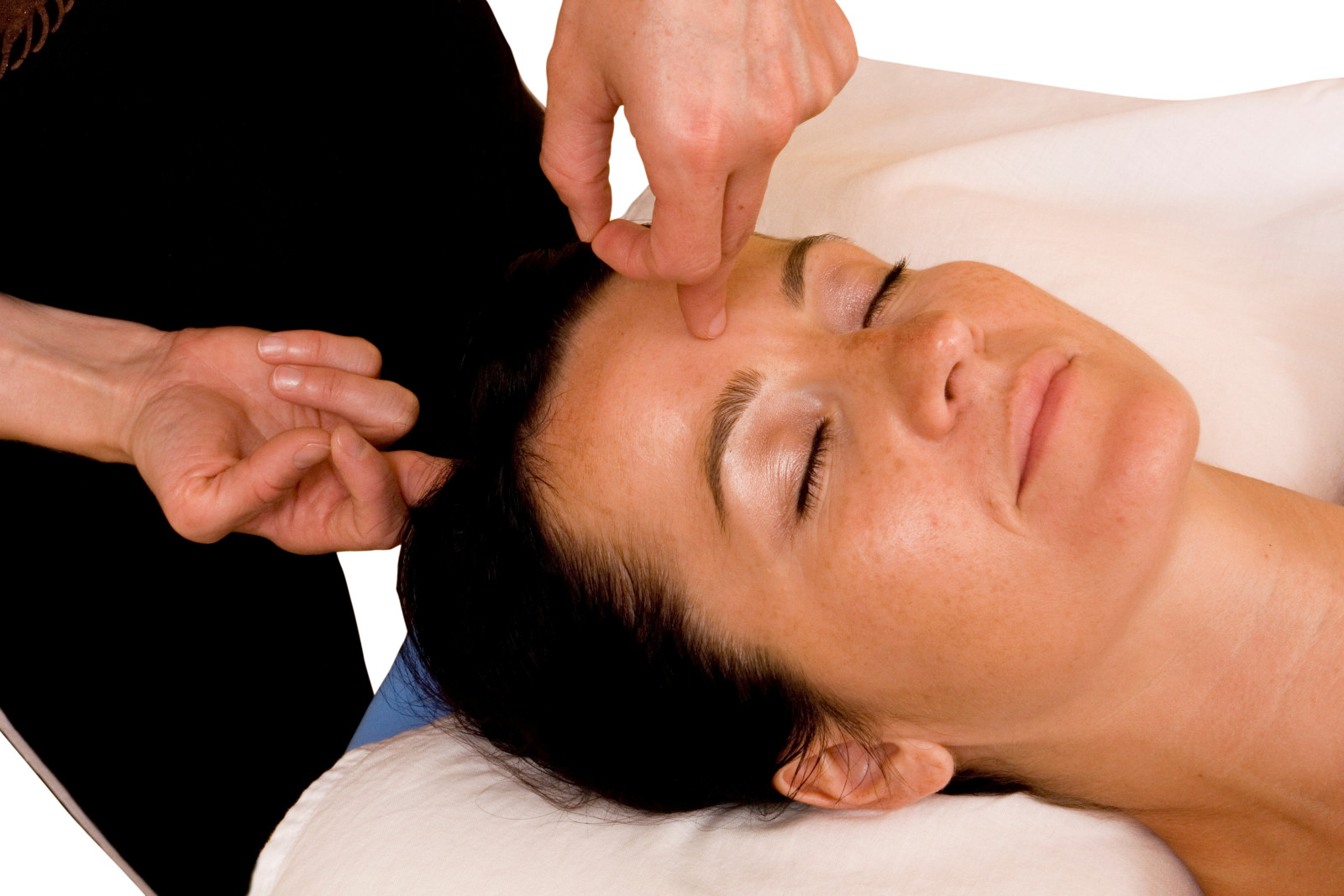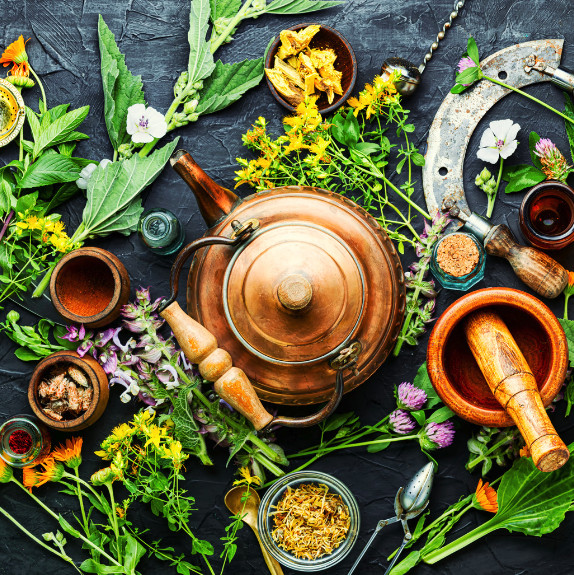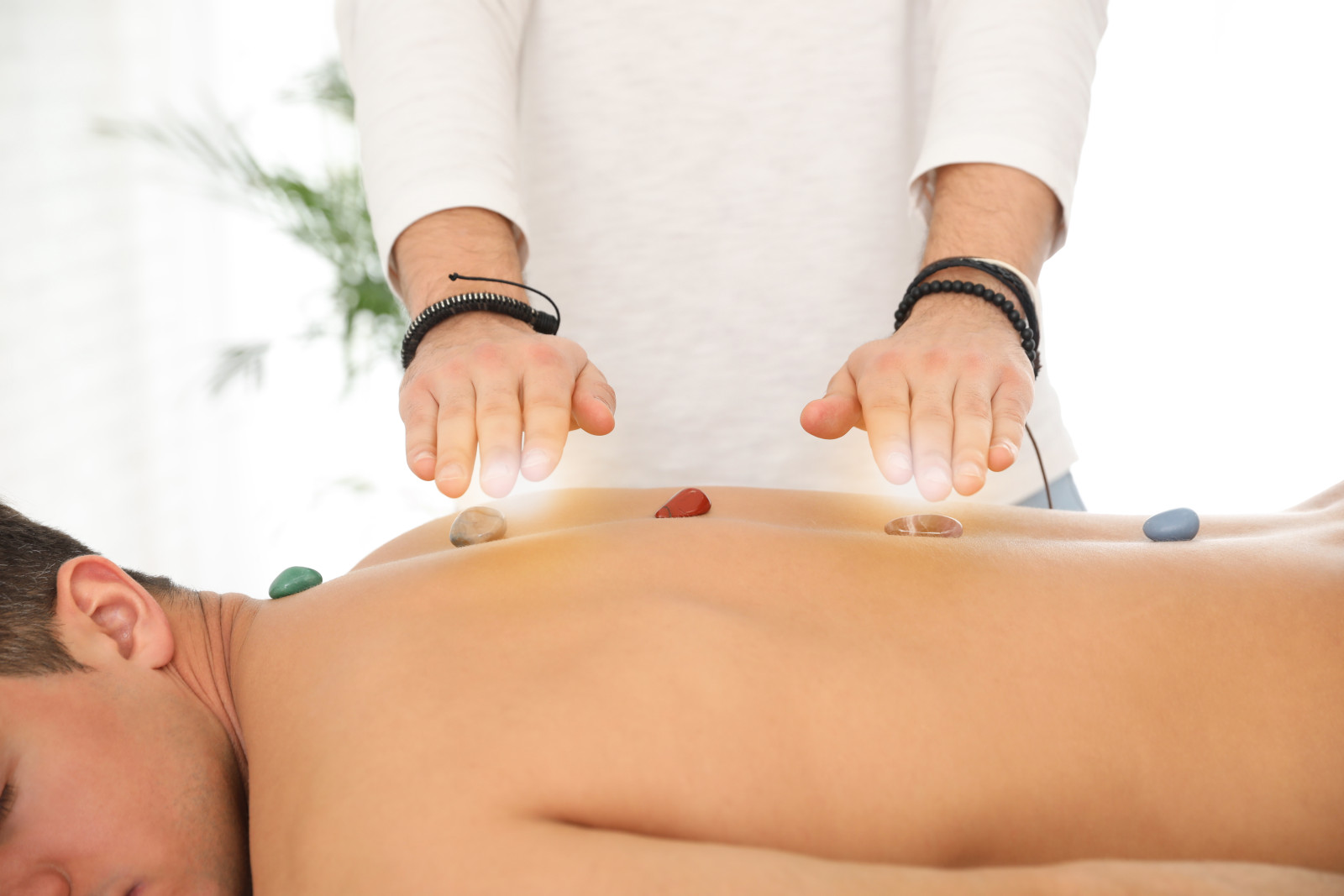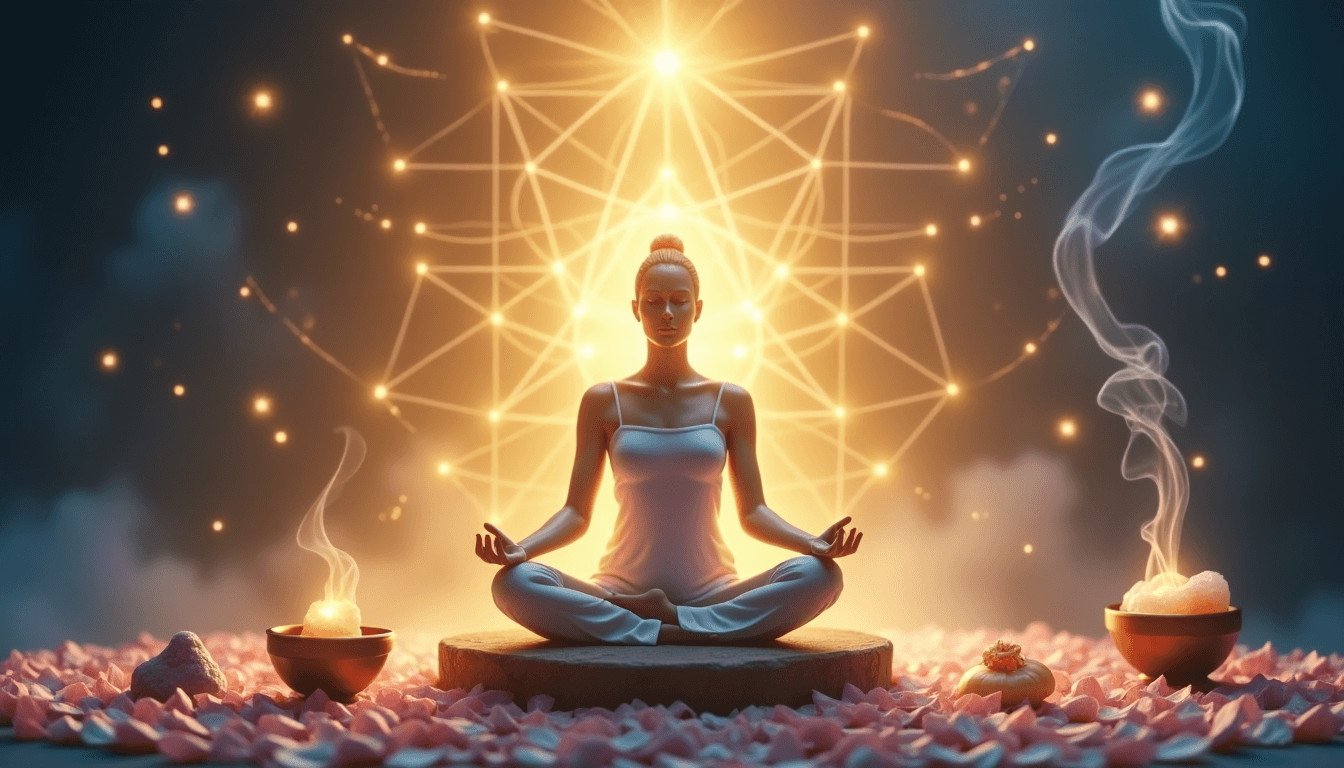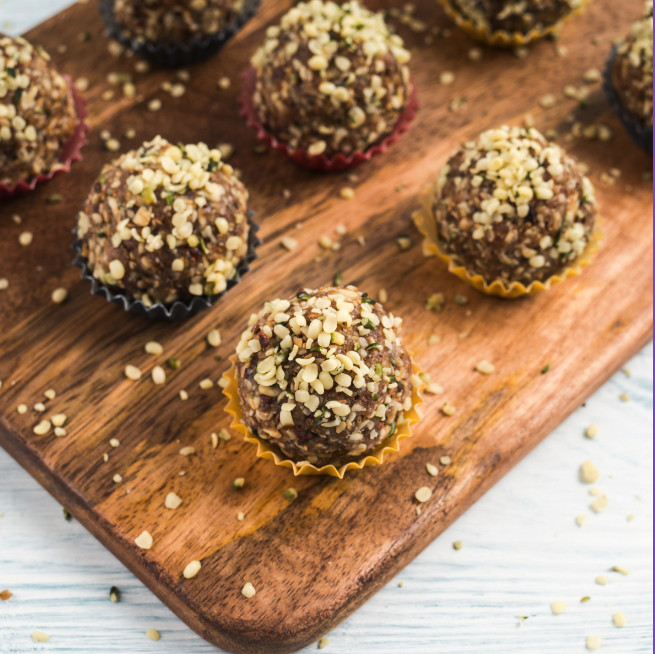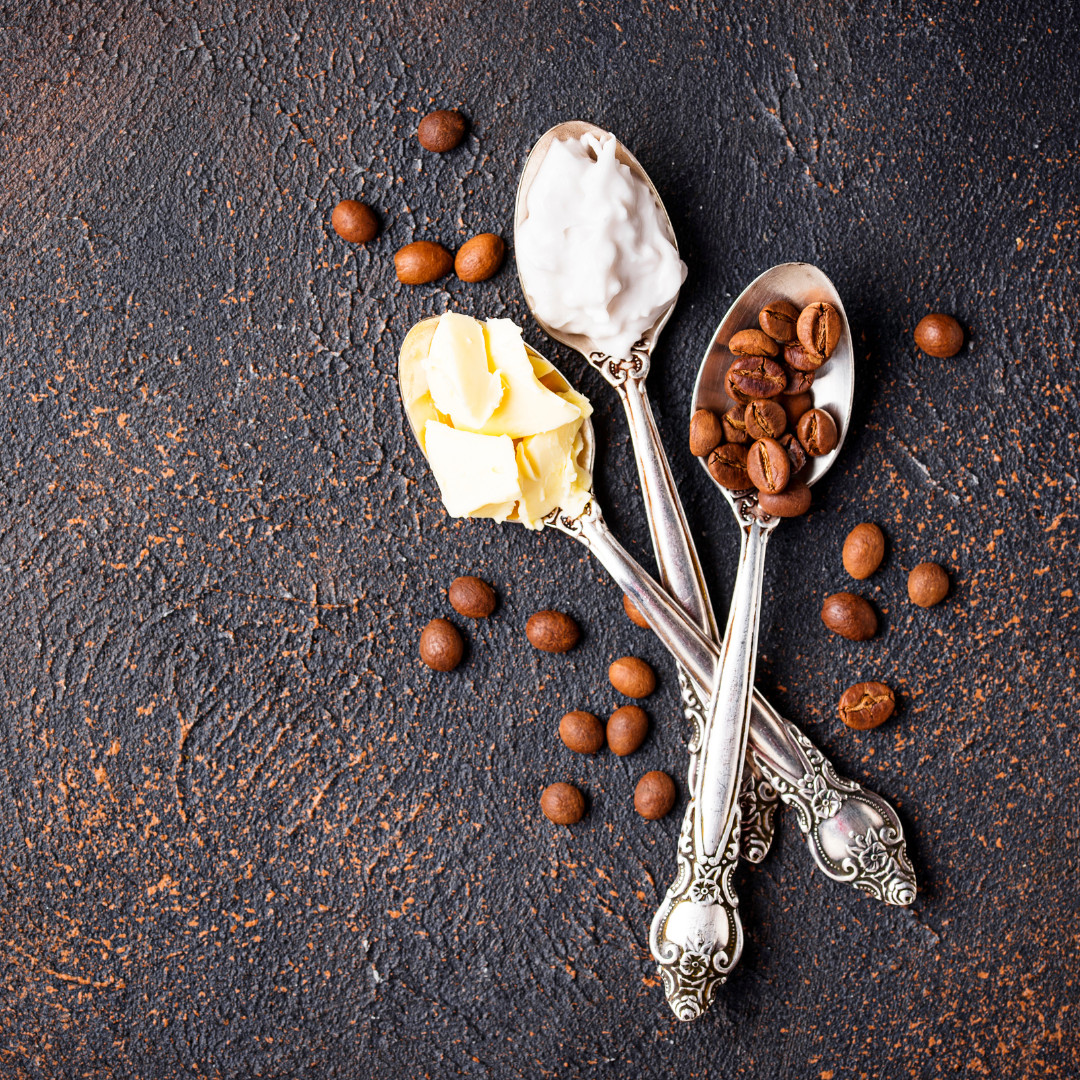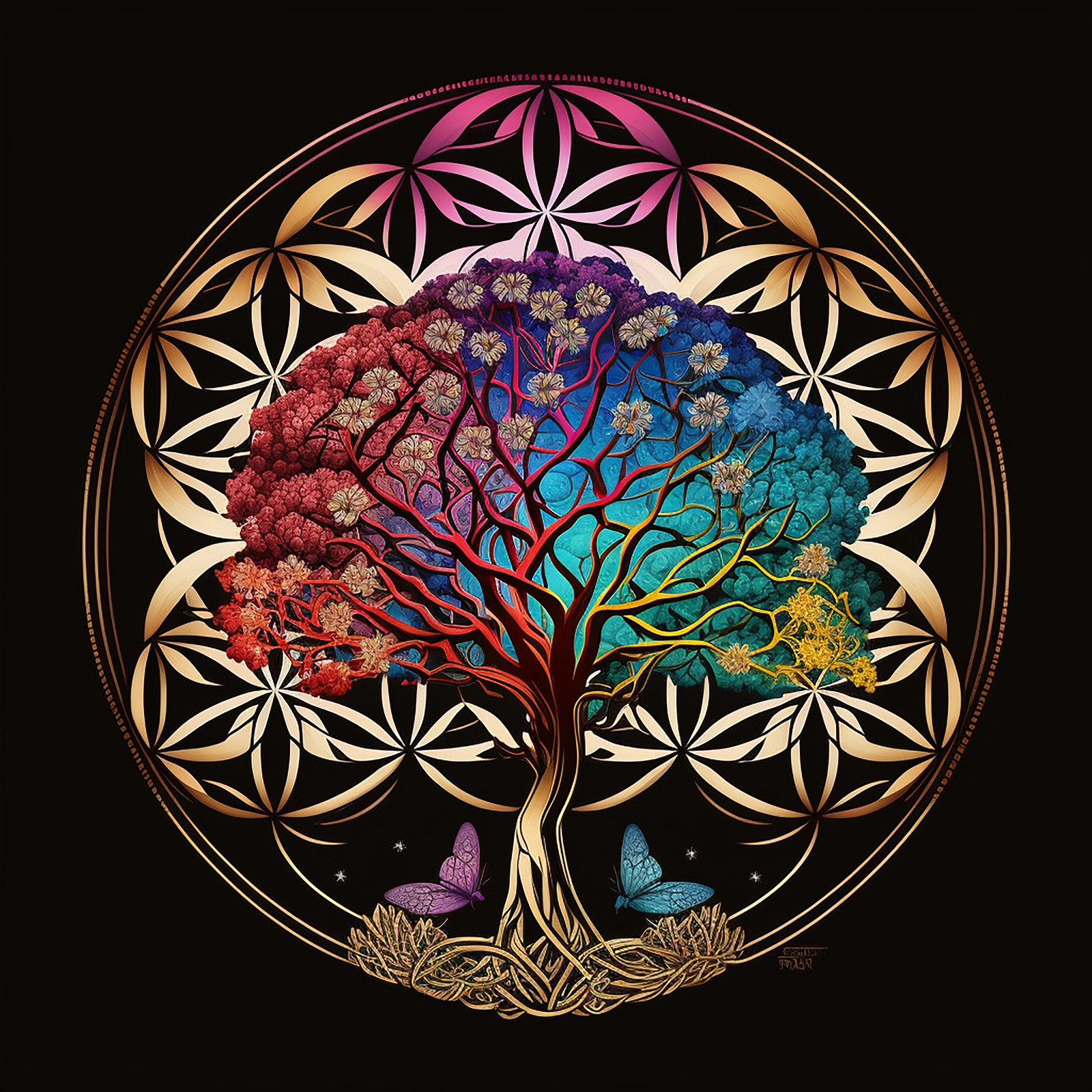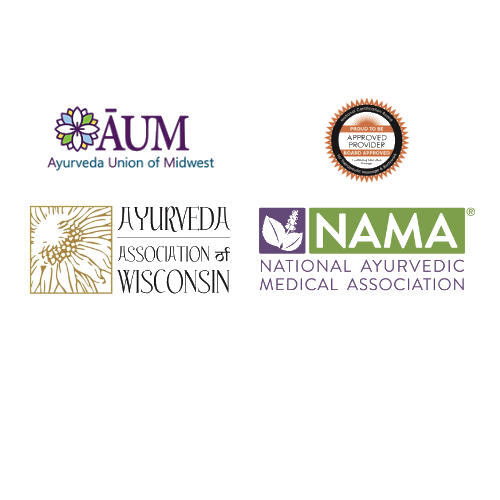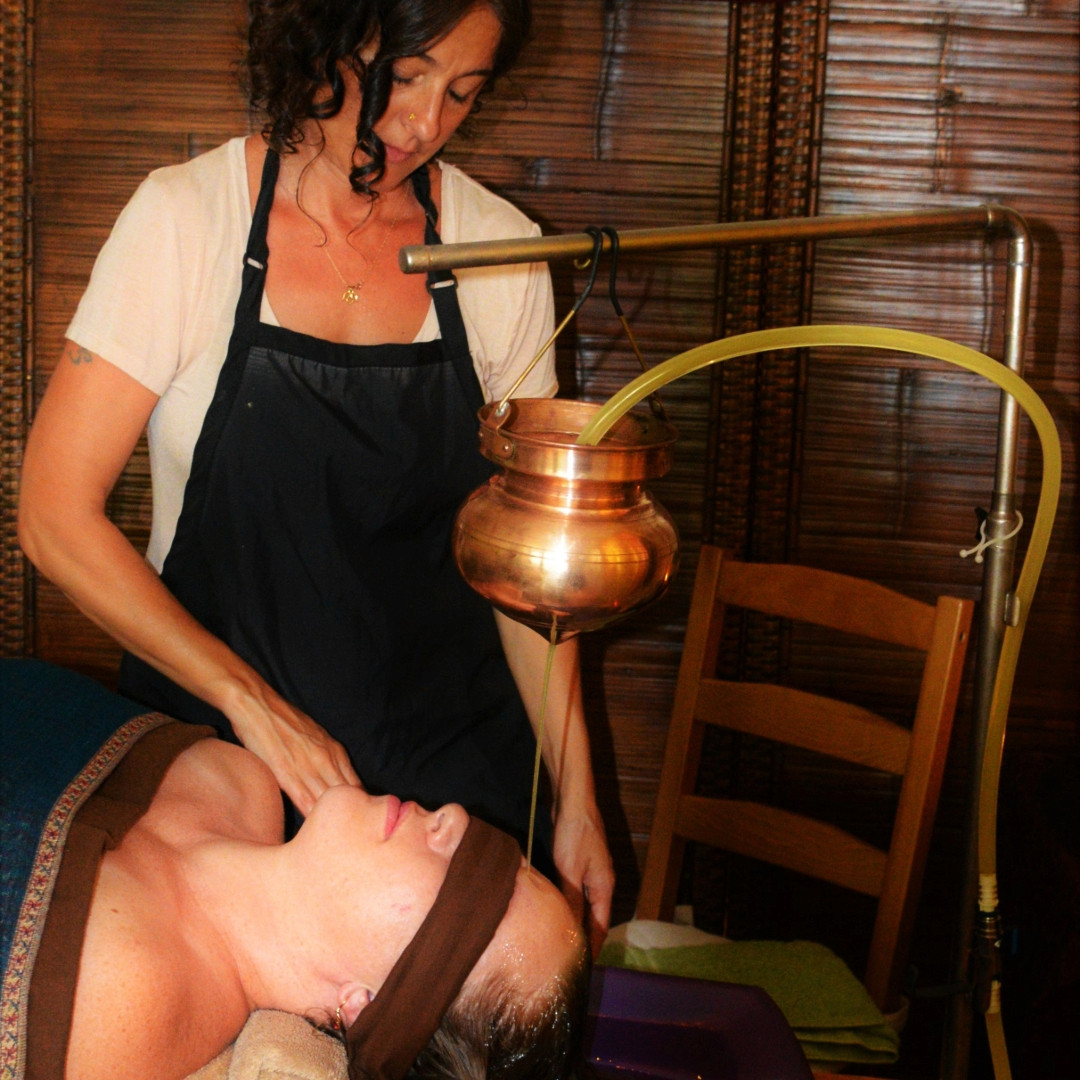
Shirodhara is an ancient Ayurvedic therapy that profoundly impacts the nervous system by calming and cleansing the mind, providing relief from anxiety, stress, fatigue, and hypertension. By pouring a stream of warm liquid over the head, this treatment also addresses insomnia, jet lag, and mood regulation while promoting relaxation and cognitive clarity. Additionally, Shirodhara nourishes the hair and scalp, enhances spiritual progress, and boosts overall immunity by balancing the body’s doshas.
This therapeutic practice is recommended for a wide range of conditions including PTSD and hormonal imbalances, yet it is not suitable for everyone; contraindications include obesity, recent neck injuries, and various acute illnesses. Typically administered over 30 to 45 minutes for 7 to 14 days, the treatment’s duration is tailored based on individual dosha imbalances or practitioner recommendations. Those considering Shirodhara should prepare for a tranquil post-treatment environment, refrain from heavy meals, and allow the therapeutic oils to remain in the hair to maximize its effects.
Participants should come prepared by wearing old, comfortable clothing and bringing head coverings if needed for post-appointment exposure to cooler climates. While the therapy is open to many, it is important to consult with a professional to ensure suitability given personal health conditions. Embracing Shirodhara can lead to profound physical, energetic, and spiritual rejuvenation, offering a natural approach to achieving balance and well-being.
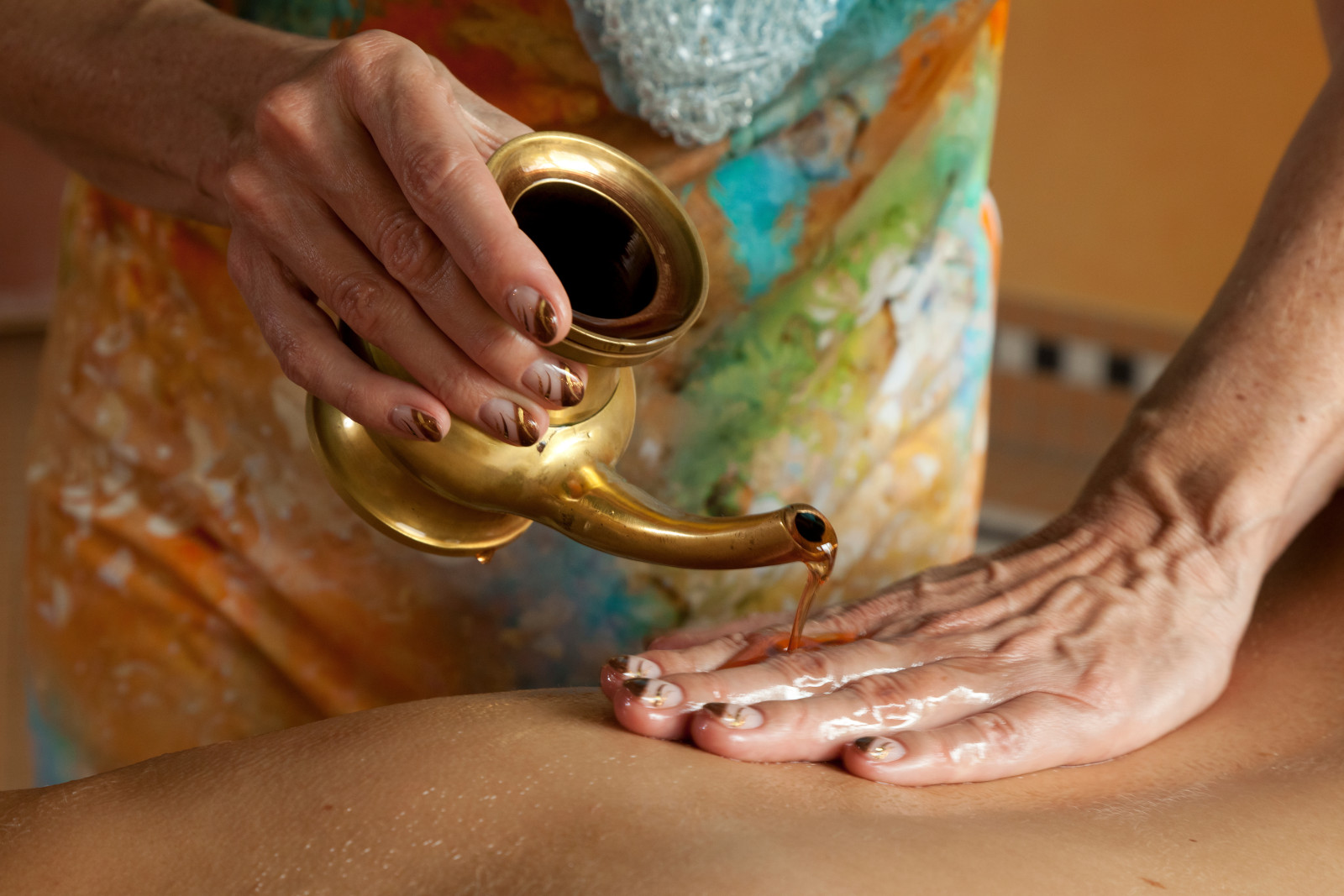
What is Abhyanga?
Abhyanga, also known as abhyangam in some regions, is a form of warm oil massage that arouses a feeling of being wrapped in loving arms. This self-care ritual emulates warmth and makes a powerful difference in your feelings about yourself and everything around you. The abundant coating of warm oil lovingly replaces anxieties with a sense of calmness and contentment, as the oils are warm, stable, and grounding. Abhyanga is often considered a key component of ayurveda full body massage techniques.
Abhyanga Benefits
The benefits of abhyanga extend far beyond relaxation. This ayurvedic full body massage offers numerous advantages for both physical and mental well-being:
- Detoxification: The purpose of the oil used in abhyanga oil massage is to penetrate deep tissue layers, binding to toxins for elimination.
- Joint Lubrication: The massage provides nourishment and moisture to joints, improving flexibility.
- Weight Management: Regular abhyanga can act as a fat burner, supporting weight loss programs without side effects.
- Improved Circulation: The specific sequence of massaging the body in sections facilitates proper blood flow, lymphatic drainage, and may even help regulate blood pressure.
- Stress Relief: Abhyanga stimulates the parasympathetic nervous system, promoting relaxation and reducing stress.
- Skin Health: The hydration and lubrication from abhyanga increase the skin's resistance to dryness, cracking, and bruising.
- Anti-Aging: Regular practice helps the skin adapt to the aging process more gracefully.
- Energy Flow: Abhyanga is believed to enhance the body's energy flow, promoting overall vitality.
Abhyanga Massage Procedure
The abhyanga treatment involves a specific sequence of massage strokes applied to the body part by part. This methodical approach encourages the quick removal of metabolic wastes through improved circulation and lymphatic drainage. The massage is given with varying pressures to stimulate different layers of tissue.
In India, it's common to receive an abhyanga with two therapists performing a choreographed 4-handed tandem massage. This unique experience in Ayurvedic massage allows both sides of your body to be massaged simultaneously. The practice of ayurvedische abhyanga has its roots in ancient Indian healing traditions.
The Role of Herbal Oils in Abhyanga
Abhyanga often uses medicated or herbal oils, which play a crucial role in its therapeutic effects. These oils are chosen based on your dosha (body constitution) - vata, pitta, or kapha. Common oils used include:
- Sesame oil: Particularly beneficial for vata dosha
- Coconut oil: Cooling and soothing, ideal for pitta dosha
- Sunflower oil: Light and nourishing, suitable for kapha dosha
Self Abhyanga: A Daily Practice for Holistic Health
While receiving abhyanga from an Ayurvedic practitioner can be a transformative experience, incorporating ayurvedic self massage or self-massage into your daily routine can provide ongoing benefits. This self-massage technique allows you to maintain balance in your doshas and promote overall well-being.
To practice self abhyanga:
- Choose an appropriate oil based on your dosha.
- Warm the oil slightly for a more soothing experience.
- Begin with gentle, circular motions on your scalp.
- Move down your body, using long strokes on limbs and circular motions on joints.
- Pay special attention to areas that feel tense or painful.
- Allow the oil to absorb for 10-15 minutes before showering.
Regular practice of self abhyanga can lead to sleep improvement, enhance skin health, boost the immune system, and provide daily stress relief. It's an essential aspect of ayurvedic self massage that can easily be incorporated into your daily routine.
Contraindications for Ayurvedic Massage
While abhyanga offers numerous benefits, it should not be performed under certain conditions:
- Fever
- Acute illness (unless permitted by your doctor)
- Blood clots (like deep vein thrombosis) or bleeding disorders
- Hangover
- Dehydration
- During chemotherapy
- During Menstruation
Always consult with an Ayurvedic practitioner or healthcare provider before starting any new wellness routine, especially if you have pre-existing health conditions.
Conclusion
Abhyanga, as a key practice in Ayurveda, offers a holistic approach to health and well-being. By incorporating this warm oil massage into your self-care ritual, you can experience the myriad benefits of this ancient traditional medicine. Whether you choose to receive abhyanga from a trained Ayurvedic practitioner or practice self abhyanga at home, you're taking a significant step towards balanced health and inner harmony.
It's worth noting that abhyanga is often part of a larger Ayurvedic treatment plan known as panchakarma, which involves various detoxification and rejuvenation therapies. The combination of these practices can lead to profound improvements in overall health and vitality.
Interested in learning more about the Ayurvedic Healing Arts? Learn More

Apple Beet Bounty is a delightful, seasonal salad that serves two and combines the earthiness of roasted beets with the crisp sweetness of apples. The salad features a vibrant mix of butter lettuce, pumpkin and fennel seeds, all brought together with a refreshing dressing made from orange juice and your choice of walnut, hazelnut, or extra virgin olive oil. This recipe not only highlights fresh, wholesome ingredients but also offers flexibility with apple preparation, encouraging personalization to taste.
The process begins with roasting beets and garlic in fragrant ghee, allowing their flavors to meld perfectly. As the beets cool, apples can be shredded or sliced before being tossed in, creating a pleasing contrast of textures. The crunch of toasted seeds adds a delightful layer of flavor, while a final touch of torn basil leaves elevates the salad to an aromatic delight.
For those mindful of dietary needs, the recipe includes suggestions to adjust for doshic imbalances in the Ayurvedic tradition. Vata imbalances may benefit from swapping lettuce with lightly sautéed greens, while Pitta can enjoy a touch of mint and lime juice for cooling. Kapha types might replace orange juice with grapefruit juice, adding a spicy kick with red pepper flakes for a more invigorating experience.
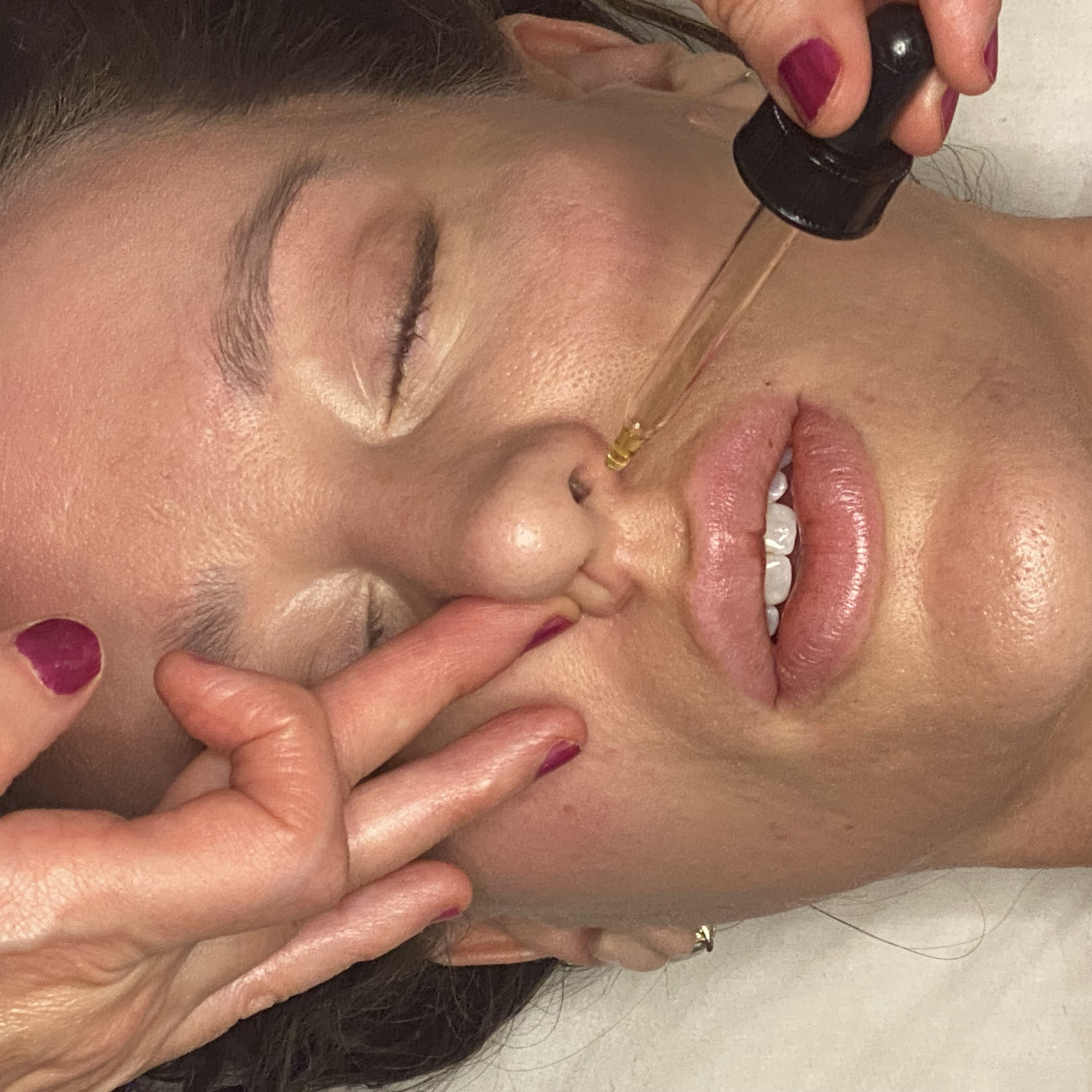
Nasya, an Ayurvedic practice involving the administration of herbal or non-herbal oils through the nasal route, offers numerous benefits by bypassing the liver's first-pass effect and gastrointestinal metabolism. It allows for rapid absorption and direct access to the central nervous system, thus enabling quick therapeutic effects and high bioavailability. The nasal mucosa serves as a vital connection to the brain, promoting mental clarity, emotional stability, and overall balance by directly interacting with sub-doshas like prana vayu, sadhaka pitta, and tarpaka kapha.
Through the olfactory pathway, Nasya treatment helps clear sinus congestion, improve breath quality, and support neurological health. The practice particularly addresses imbalances above the clavicle bone, offering relief from tension in the head and neck area. By alleviating stress and clearing stagnation, Nasya encourages the free flow of prana, enhancing relaxation and preventing blockages.
In the context of global health concerns, traditional practices like Nasya underscore the importance of self-care and immune system support. Maintaining a warm, humid environment through means such as steam baths and humidifiers can fortify the nasal mucosa against respiratory viruses. Beyond Ayurvedic practices, engaging in activities like regulating breathing, enjoying warmth in moderation, and nurturing personal joy can profoundly bolster one’s health resilience.
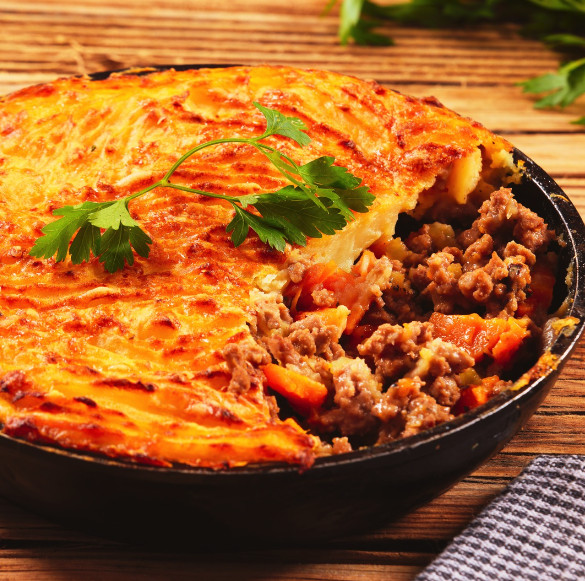
Discover the vibrant and nourishing Sweet Potato Lentil Shepherd’s Pie, a plant-based twist on a classic comfort dish from Sahara Rose's book, *Eat Feel Fresh*. This hearty pie serves eight and combines tender sweet potatoes with a well-seasoned mix of lentils, diced tomatoes, and fresh greens, offering a delightful blend of flavors and textures.
Read more...